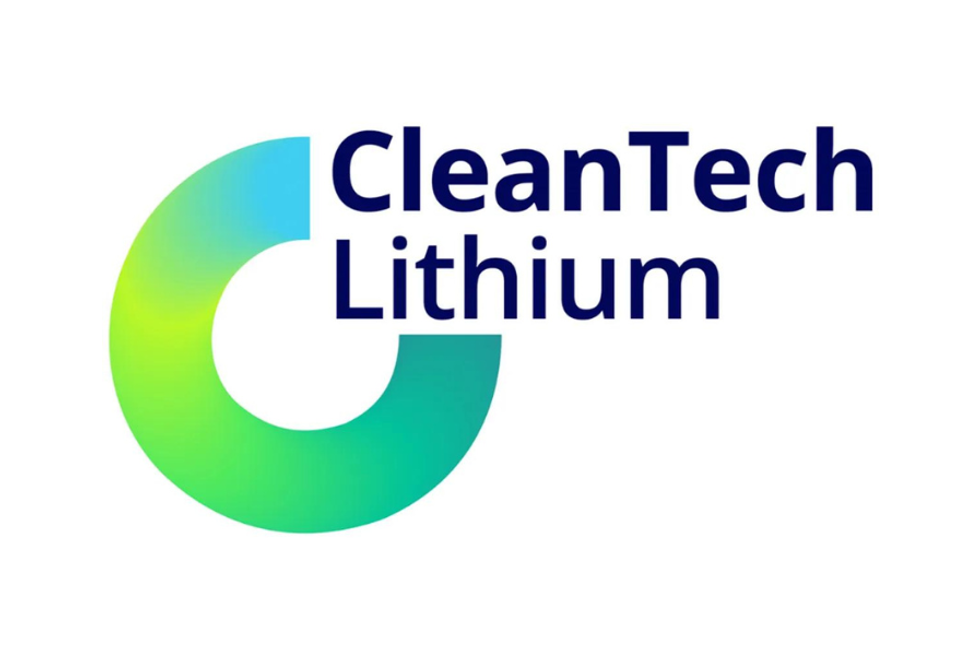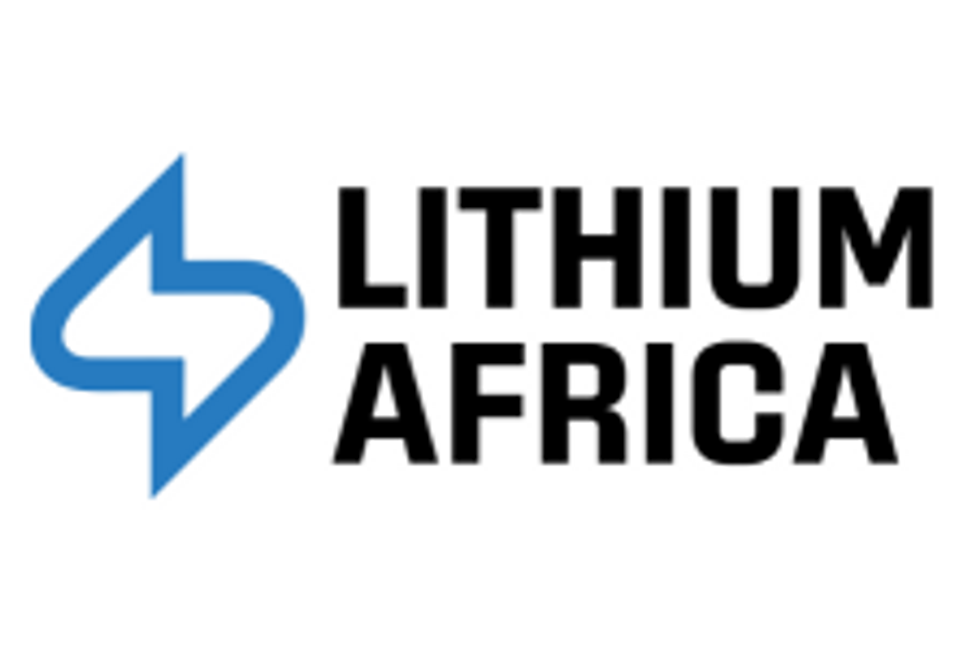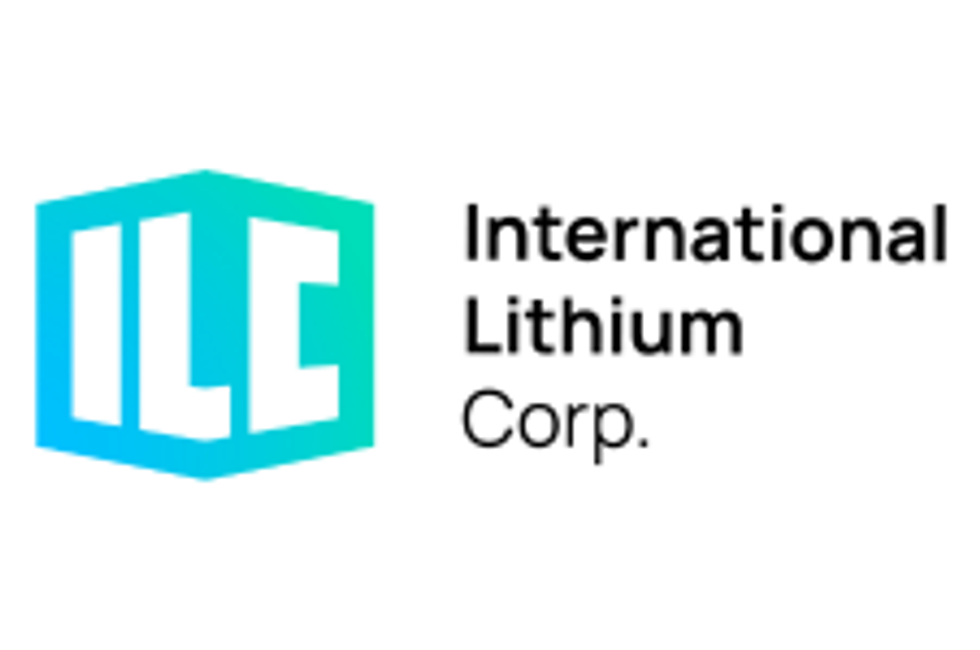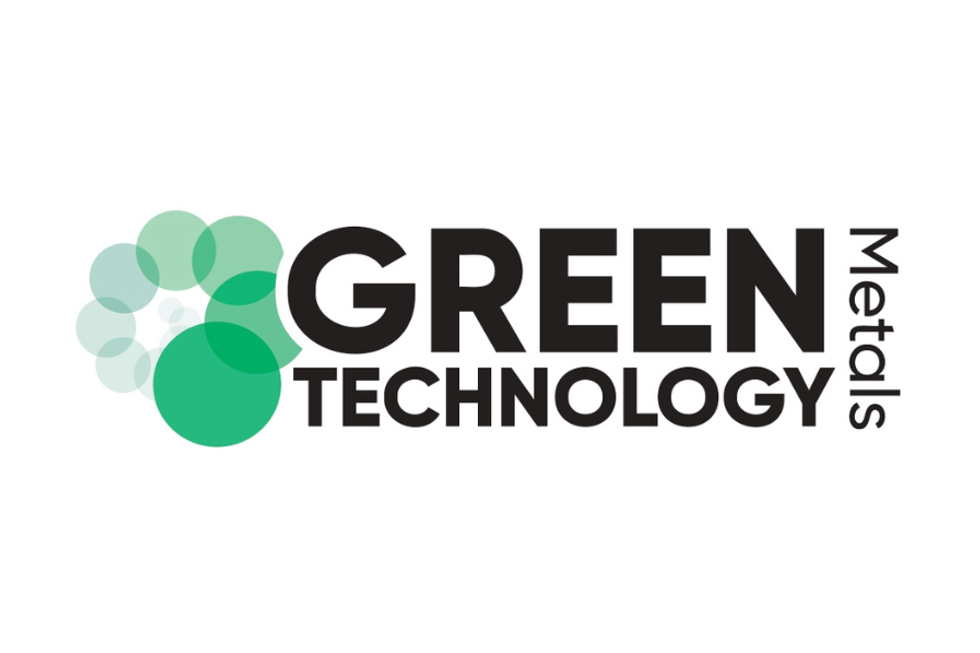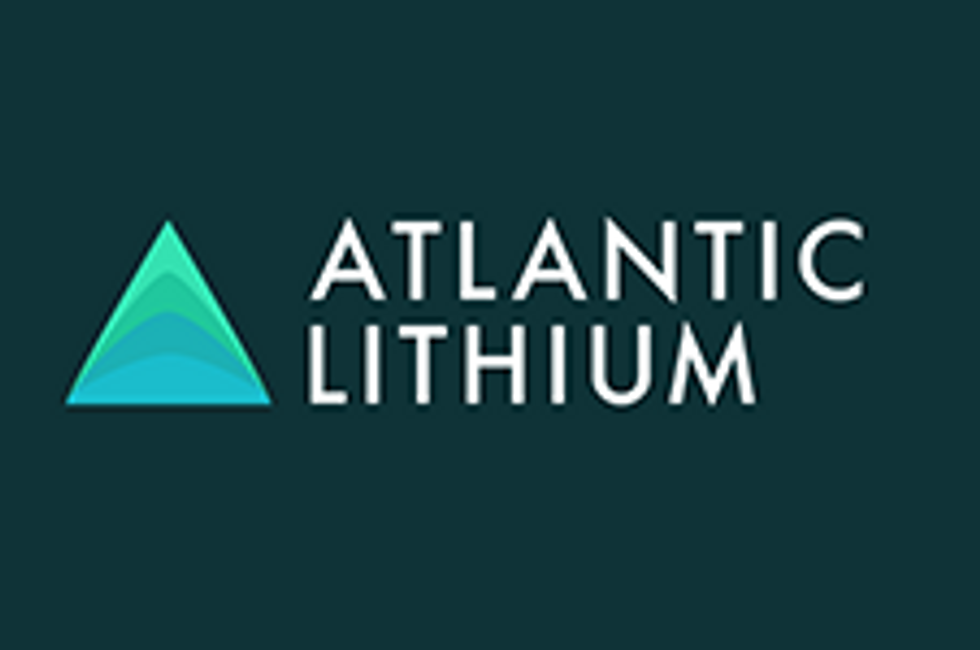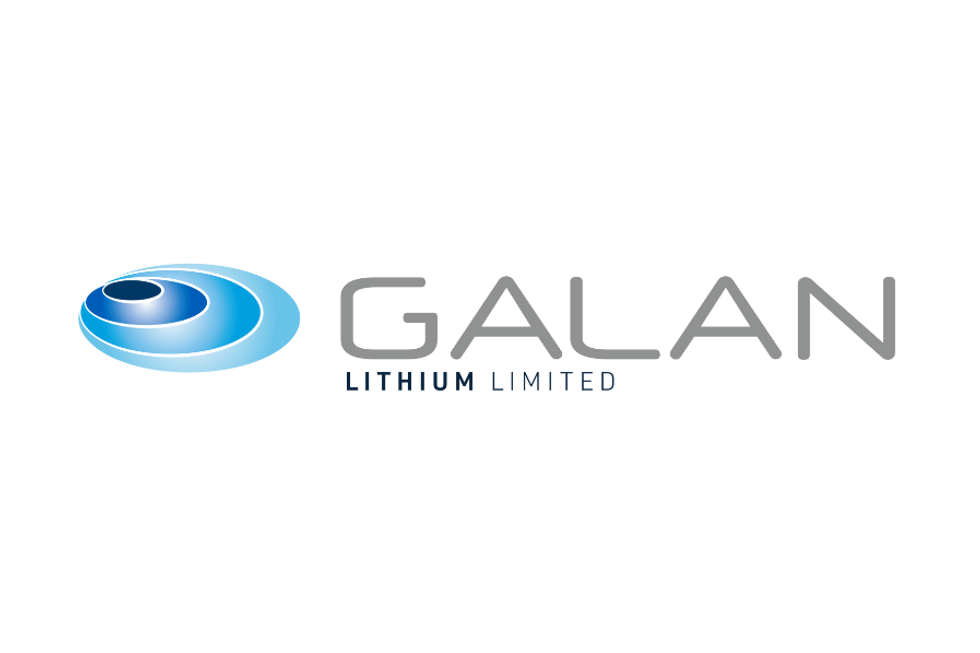Top 5 ASX Lithium Stocks (Updated July 2023)
The best ASX lithium stocks based on year-to-date gains have continued to perform well as lithium prices see some recovery.

After falling through April from last year's all-time highs, lithium prices have begun to move back up.
One reason for the slippage was the end of China's electric vehicle subsidies, which softened demand in the short term from the Asian country. Despite that setback, many experts remain optimistic about the commodity's future, and some lithium companies are seeing growth on the back of the industry's positive long-term outlook.
Here the Investing News Network takes a look at the top five ASX-listed lithium companies by year-to-date gains. The list below was generated using TradingView’s stock screener on July 19, 2023, and includes companies that had market caps above AU$50 million at that time. Read on to learn more about their activities so far this year.
1. Solis Minerals
Year-to-date gain: 700 percent; market cap: AU$30.52 million; current share price: AU$0.60
Solis Minerals (ASX:SLM) is an explorer focused on battery metals properties in South America. It has a portfolio that includes the Borborema lithium project in Northeast Brazil and copper projects covering a combined 32,400 hectares in Southwest Peru.
On May 29, the Investment Industry Regulatory Organisation of Canada, which oversees trading on Canadian exchanges, suspended trading for Solis pending upcoming news. The company’s market close before that was C$0.11. Two days later, Solis Minerals entered into a binding option agreement to acquire a 100 percent interest in the Jaguar hard-rock lithium project in Northeast Brazil, which has confirmed spodumene grades of up to 4.95 percent in oxidized pegmatite.
However, trading didn’t open until June 8, when Solis announced that it had received commitments totalling AU$8.16 million for a placement that will be used to, among other things, fund drilling at both its lithium projects and complete the fees for the Jaguar acquisition. Following that announcement, trading resumed and the company’s share price shot up to C$0.65. The first tranche of the placement, which came to AU$3,050,000, closed on June 19.
Solis began its maiden drilling program at Jaguar on June 22. According to the announcement, it will take place over about 90 days and will “test the strike extent, thickness, orientation and the down dip extent of the pegmatite body.” Solis’ share price has continued to perform strongly since it began trading again last month, and climbed to a year-to-date high of C$1.04 on July 4.
2. Latin Resources
Year-to-date gain: 314.14 percent; market cap: AU$955.47 million; current share price: AU$0.41
Latin Resources (ASX:LRS) is focused on exploring its lithium projects in South America: the Salinas pegmatite project in Brazil’s Aracuai lithium province and the Catamarca pegmatite project in Argentina.
The company has been focused on exploring Salinas in 2023, including a 65,000 metre diamond drill program at the project’s Colina and Colina West deposits. Latin Resources expanded the project by over 350 percent in February when it acquired a package of tenements covering 29,940 hectares in the region. At the end of March, Latin Resources signed a memorandum of understanding with two Minas Gerais state government entities that will help the company as it develops Salinas and support building a lithium battery sector in the state. The government has designated Salinas a priority project.
Latin Resources’ share price saw upward momentum in Q2, opening at AU$0.12. On April 19, the company said it had received commitments from multiple entities, including North American battery metals funds, for a AU$37.1 million placement.
It announced the conclusion of its resource definition drilling program at Colina on May 18. The drilling discovered a “significant lithium swarm” that extended the size of the deposit to more than 2 kilometres long by 1 kilometre wide. The company said it would continue drilling through to the end of the year, including step-out drilling to the southwest of Colina and large-diametre PQ drilling for use in metallurgical testing.
Latin Resources holds a 13.13 percent stake in Solis — making it the company’s largest shareholder — and it committed to raising its interest to 17.79 percent as part of Solis’ AU$8.16 million placement on June 8. The increase is pending shareholder approval.
While Latin Resources’ share price saw significant gains in the first half of 2023, the June 20 release of the Colina deposit’s updated resource estimate sent it flying upward from AU$0.20 to AU$0.28 over the following days.
According to the report, the deposit is host to measured, indicated and inferred resources totalling 45.19 million metric tons (MT) grading 1.32 percent, which results in 597,400 MT of contained lithium oxide, or 1.48 million MT of lithium carbonate equivalent. That's a 241 percent increase over Colina's previous resource estimate.
On June 28, Latin Resources announced that further drilling at the Salinas project intersected spodumene-rich pegmatites at two separate locations. According to the company, these discoveries “confirm the presence of a ‘district scale’ lithium corridor within Latin’s tenements” that extends up to 26 kilometres southwest of the Colina deposit.
Latin Resources’ share price continued upward after this news, ending June at AU$0.32 and climbing to a year-to-date high of AU$0.41 as of July 20.
3. Leo Lithium
Year-to-date gain: 135.05 percent; market cap: AU$1.37 billion; current share price: AU$1.14
Leo Lithium (ASX:LLL) is focused on bringing its Goulamina lithium project in Mali to production. Lithium spodumene concentrate output is targeted for the first half of 2024, with Stage 1 production anticipated to be 506,000 MT per year.
Leo Lithium’s share price began climbing upward from AU$0.52 following the release of the company’s quarterly report on April 28, which offered updates on its progress at Goulamina. On May 24, Leo released results from drilling at the project, saying it had intersected “thick, high-grade mineralisation,” including 92 metres at 2.01 percent lithium oxide.
The company’s share price jumped to AU$0.93 following the May 29 news that it was entering a partnership with Ganfeng Lithium (OTC Pink:GNENF,SZSE:002460,HKEX:1772), including a AU$106.1 million strategic placement that fully funds Leo’s Stage 1 development costs. As part of the partnership, the two companies will study the possibility of increasing planned Stage 2 production capacity at Goulamina to reach total output of 1 million MT per year. They will also research co-investing in a conversion facility in Europe that could be used to produce lithium hydroxide.
In mid-June, Leo released an updated resource estimate for Goulamina. The project now hosts 211 million MT grading 1.37 percent lithium oxide, which Leo said makes it the fifth largest spodumene deposit globally. On June 30, the company announced it had produced the first direct-shipped ore from the project as part of the ramp-up process; it is targeting 185,000 MT worth of direct-shipped ore exports prior to spodumene production.
Leo's share price continued climbing to hit a year-to-date high of AU$1.24 on July 11. The company halted trading a week later on July 18 pending the release of news; two days later, it suspended its shares from quotation with the clarification that the announcement is “regarding correspondence from the government of Mali.” At the time of this writing, no further update had been made.
4. Liontown Resources
Year-to-date gain: 114.87 percent; market cap: C$6.28 billion; current share price: C$2.89
Liontown Resources (ASX:LTR) is constructing its Kathleen Valley lithium project, which is expected to begin production in mid-2024. The company commenced open-pit mining operations with the first blast at Kathleen Valley on February 3. The material generated from this phase of operations will help with multiple aspects of construction, commissioning and ramp up.
Liontown’s share price rocketed upwards from AU$1.53 to AU$2.57 on March 28, when the company rejected another takeover bid from lithium major Albemarle (NYSE:ALB). The newest offer was at a price per share of AU$2.50; Liontown had previously rejected offers of C$2.20 and C$2.35 from the company.
Liontown released its March quarterly activities report on April 28, in which it discusses multiple milestones and details its progress at Kathleen Valley. Since then, the company has announced further milestones; on May 10, it awarded the full open-pit mining services contract for its two open pits, and on July 19, it awarded the contract for spodumene and direct-shipped ore haulage.
The company’s share price hit a year-to-date high of AU$3.15 on June 16.
5. Delta Lithium
Year-to-date gain: 100 percent; market cap: C$467.08 million; current share price: C$0.95
Delta Lithium (ASX:DLI), which changed its name from Red Dirt Metals in May, is focused on its Mount Ida and Yinnetharra lithium projects in Western Australia. The company is advancing Mount Ida towards production, and is also performing a total of 150,000 metres of drilling between the two projects this year.
Delta’s share price began climbing in March following the submission of its mining proposal and mine closure plan for Mount Ida. The first step in the plan is for Mount Ida to produce direct-shipped ore, which is anticipated to commence in the final quarter of the 2023 calendar year; Delta will continue to develop the mine into a lithium concentrate producer.
Drill results coming from the Yinnetharra project and its Malinda prospect have helped propel Delta’s share price as well. For example, it spiked from AU$0.73 to AU$0.95 overnight on the June 23 release of “stunning” drill results from a pegmatite at Malinda. One highlight from the results was 33 metres grading 1.9 percent lithium oxide, which Delta said is the best tenor mineralisation received to date at Yinnetharra.
According to the latest batch of high-grade results from Yinnetharra, which were released on July 4, Malinda hosts six well-defined mineralised pegmatites. Delta’s share price hit a year-to-date high of AU$0.96 on July 11.
FAQs for investing in lithium
What is lithium?
Lithium is the lightest metal on the periodic table, and it is used in a wide variety of applications, including lithium-ion batteries, pharmaceuticals and industrial applications like glass and steel.
How do lithium-ion batteries work?
Rechargeable lithium-ion batteries work by using the flow of lithium ions in the battery's cell to power a device.
A lithium-ion battery has one or more cells, depending on the amount of energy storage it is capable of, and each cell has a positive electrode and negative electrode with an electrolyte separating them. When the battery is in use, lithium ions flow from the negative electrode to the positive electrode, running out of power once all have transferred. When the battery is charging, ions flow the opposite way.
Where is lithium mined?
Lithium is mined from two types of deposits, hard rock and evaporated brines. Most of the world's lithium production comes out of Australia, which hosts the Greenbushes hard-rock lithium mine. The next-largest producing country is Chile, which like Argentina and Bolivia is located in South America's Lithium Triangle. Lithium in this famed area comes from evaporated brines, including the Salar de Atacama. Lithium can also be found in sedimentary deposits, but currently none are producing.
Where is lithium found in Australia?
Australia is the world’s top producer of lithium, and the country’s lithium mines are all located in Western Australia except for one, which is Core Lithium’s (ASX:CXO,OTC Pink:CXOXF) Finniss mine in the Northern Territory. Western Australia accounts for around half of global lithium production, and the state is looking to become a hub for critical elements.
Who owns lithium mines in Australia?
Several companies own lithium mines in Australia, including some of the biggest ASX lithium stocks. In addition to the entities discussed above, others include: Pilbara Minerals (ASX:PLS,OTC Pink:PILBF) with its Pilgangoora operations; Allkem (ASX:AKE,OTC Pink:OROCF) with the Mount Cattlin mine; Jiangxi Ganfeng Lithium (HKEX:0358), which owns the Mount Marion mine alongside Mineral Resources (ASX:MIN,OTC Pink:MALRF); and Tianqi Lithium (SZSE:002466), which is a partial owner of Greenbushes via its stake in operator Talison Lithium.
Who is Australia’s largest lithium producer?
Australia’s largest lithium producer is Albemarle (NYSE:ALB), which has interests in both the Greenbushes and Wodgina hard-rock lithium mines. Greenbushes is the world’s largest lithium mine, and Albemarle holds 49 percent ownership of operator Talison Lithium’s parent company. Albermarle also has 60 percent ownership of Mineral Resources’ Wodgina mine, and owns the Kemerton lithium production facility as part of a 60/40 joint venture with Mineral Resources.
Don’t forget to follow us @INN_Australia for real-time updates!
Securities Disclosure: I, Lauren Kelly, currently hold no direct investment interest in any company mentioned in this article.

